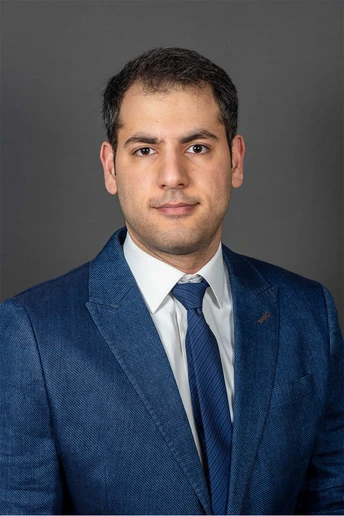

Davoud Moradi


Davoud Moradi
The presentation, “Exploring Theories Behind Machine Learning: Computational Geometry and Data Distribution,” will be given on Friday, Nov. 15.
Davoud Moradi, a third-year Ph.D. student at the State University at Buffalo (UB), will give the talk, part of the Department of Computer and Information Sciences’ monthly seminar series, in Houghton Hall Room 258 at 11 a.m. It is free and open to the public.
In his talk, Mr. Moradi will present foundational theories that support machine learning, focusing on computational geometry and data collection.
“These theories, though often overlooked, are essential to the accuracy, efficiency and adaptability of machine learning systems,” Moradi explains. Specific examples to show how these approaches and ideas are applicable to help users to solve machine learning problems will be provided by Moradi.
“One aspect of machine learning that does not get enough attention, however, is the theory behind it. Foundational concepts, such as computational geometry and data distribution, play a crucial role in enabling these technologies to work effectively and reliably,” Moradi said.
These theories provide the backbone for machine learning models to recognize patterns, process complex data and adapt to new information, allowing machine learning applications in diverse, real-world settings.
Machine learning is rapidly advancing and the impact it has on everyday life is becoming increasingly evident, Moradi observes, from personalized recommendations and voice assistants to healthcare diagnostics and autonomous driving.
Moradi, who is enrolled in the Computer Science and Engineering Department at UB, is currently engaged in research in collaboration with Professor of Computer Science and Engineering Jinhui Xu that focuses on theoretical machine learning and the applications for deep learning in bioinformatics.
Dovoud's undergraduate and graduate studies were in Applied Mathematics at Shahid Beheshti University and Computer Science at Sharif University of Technology, respectively.